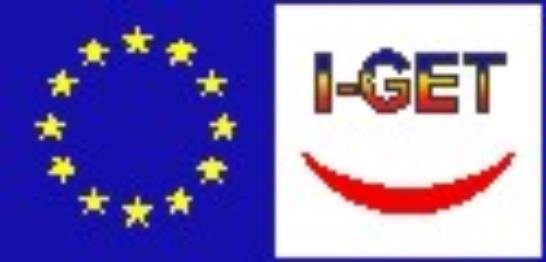The share of renewable energy sources in the European energy balance can be increased by a meaningful contribution of geothermal energy. Since the mining cost (exploration and drilling) to access the resources represents over 60% of the total investment, a reduction in mining cost would increase the competitiveness of geothermal energy significantly. This goal can be achieved if we had a way to detect the presence of the fluids inside the natural and/or enhanced geothermal systems before any drilling operation.
The project I-GET is aimed at developing an innovative geothermal exploration approach based on advanced geophysical methods. The objective is to improve the detection, prior to drilling, of fluid bearing zones in naturally and/or artificially fractured geothermal reservoirs. This new approach will be tested in four European geothermal systems with different geological and thermodynamic reservoir characteristics: two high enthalpy (metamorphic and volcanic rocks), one middle enthalpy geothermal system (deep sedimentary rocks), and one low enthalpy geothermal system (shallow sedimentary rocks).
Petrophysical and geomechanical properties of the investigated rocks will be defined by laboratory measurements. With respect to the high enthalpy sites elastic and electric rock properties will be determined at the steam/liquid transition of the pore fillings. The validity of the laboratory and simulation results will be verified by new field experiments.
Seismic and magnetotelluric data will be acquired in the test sites, and new acquisition and processing techniques will be developed to solve problems related to the particular target such as high temperatures, anisotropy, phase condition, etc.. The static and dynamic three-dimensional model of geothermal reservoirs will be reconstructed by means of all the data acquired. The input of the results of new geophysical prospecting into reservoir modelling is a crucial test of the quality of the new exploration method.


